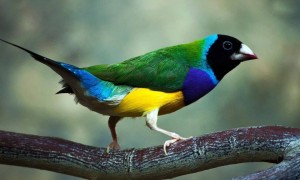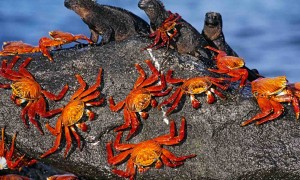The world is full of amazing miracles and the most beautiful of them are the work of nature. It is hard to realize that such places do exist and you can realize the scale and grandeur оf them only when you see them live. We wish everyone could visit at least half of these breathtaking places.
1. Zion National Park, Utah, USA
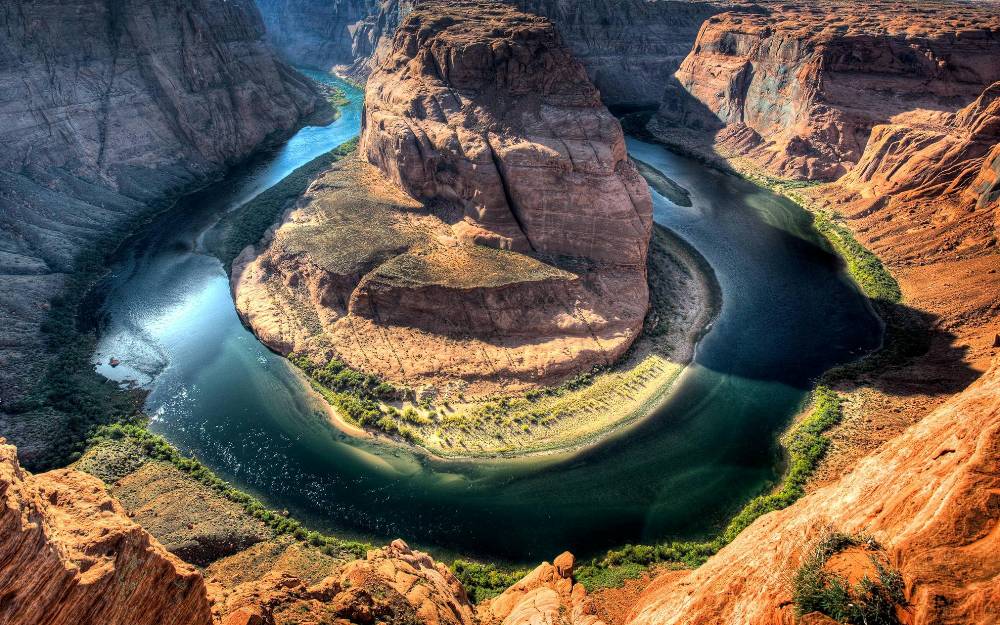
The biggest landmark in national park is canyon Zion, which is 24 km long and 800 m deep.
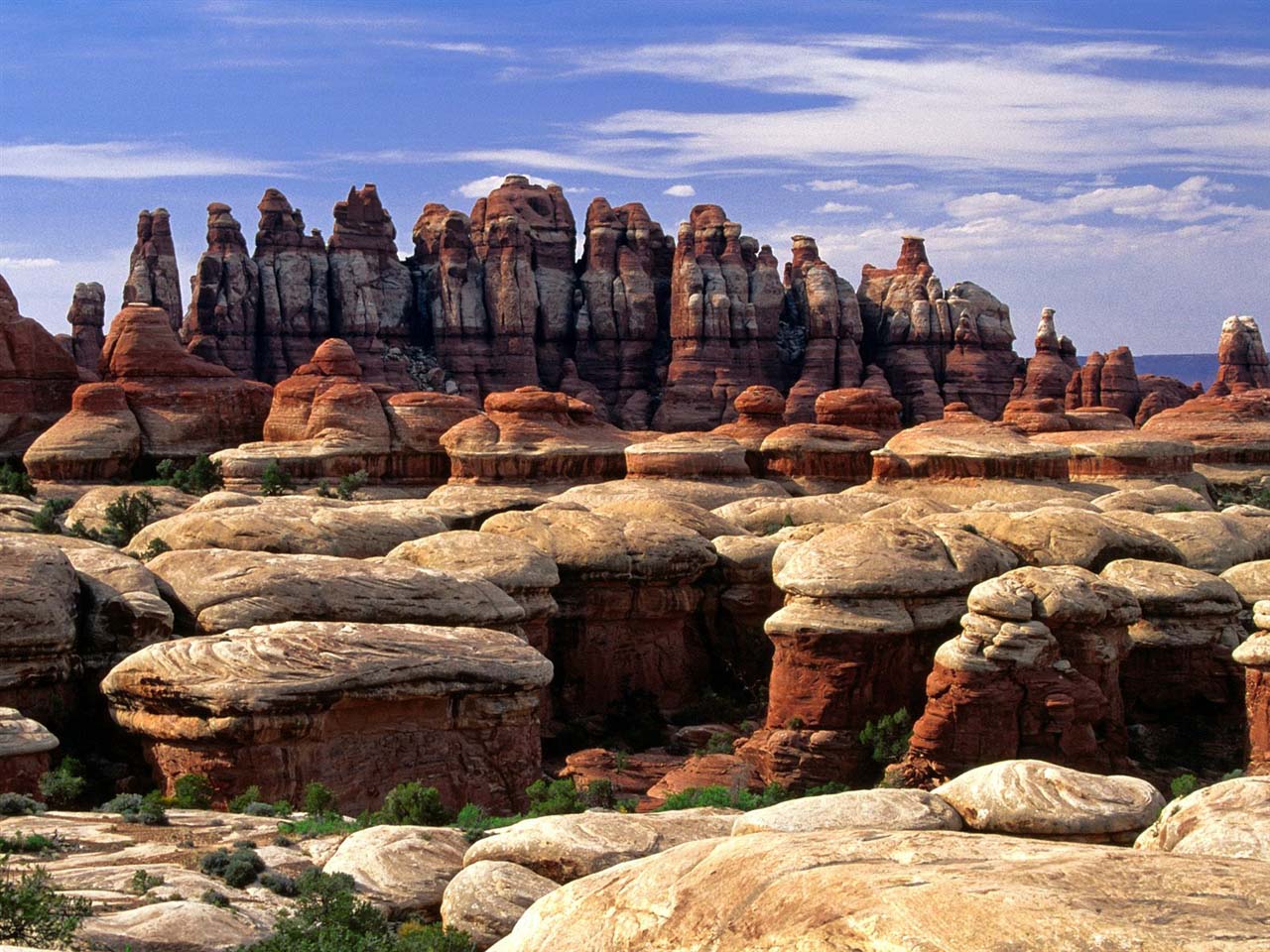
Covering areas of the Colorado Plateau, Great pool and the Mojave Desert, the unique and amazing geography of the park promotes a variety of unusual plants and animals – 269 birds, 79 species of mammals and 32 species of reptiles inhabit the desert and riverside forests in the park.
2. Drake Passage, Antarctica
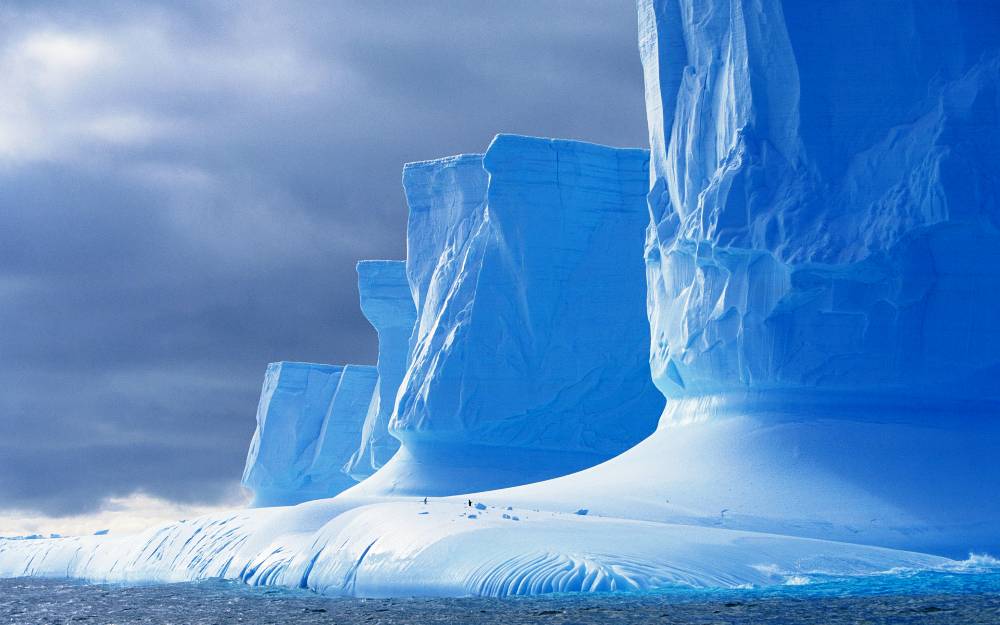
Drake is the widest in the world strait that connects the Pacific and Atlantic. As you may have guessed, it is named after Sir Francis Drake, who was the first Englishman and the second after Magellan sailor to circumnavigate the globe.
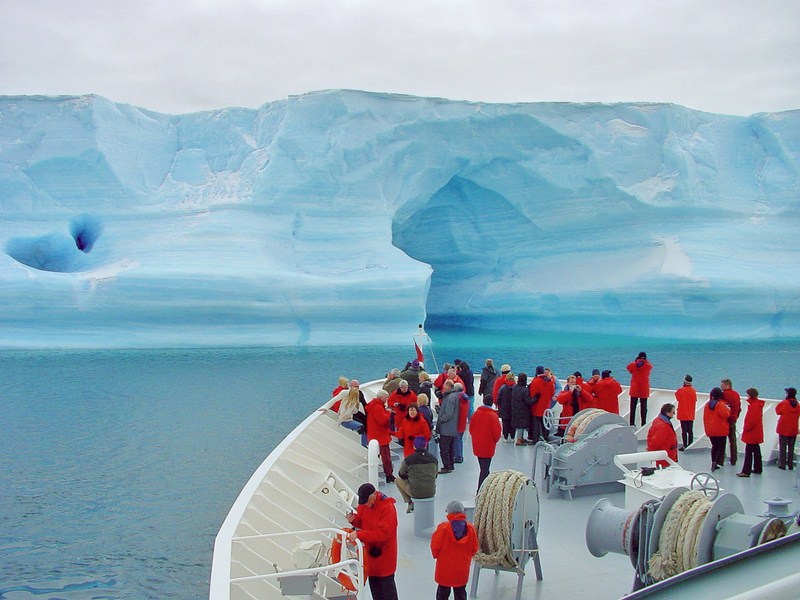
It is believed that the perfusion has been completely closed 41 million years ago.
3. Ice Caves in Vatnajökull, Iceland
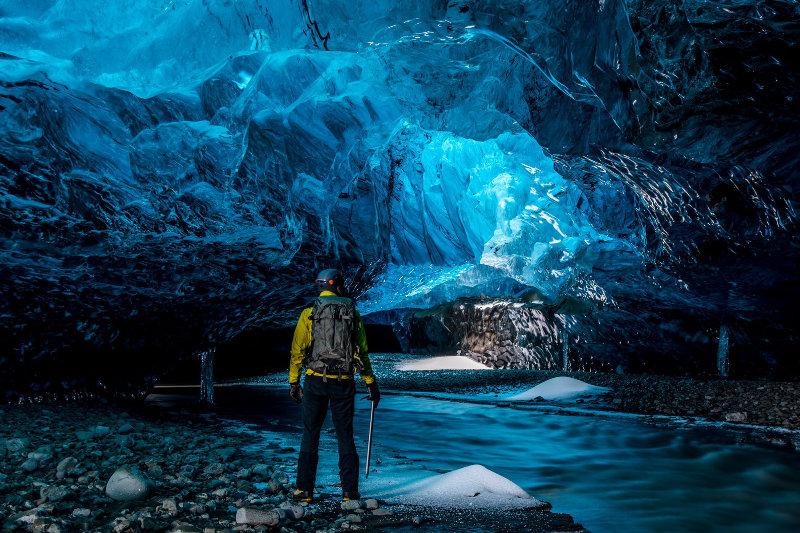
Deep below the surface of the largest glacier in Europe and second largest in the world lies a unique and amazing beauty – caves carved by water from melting ice.
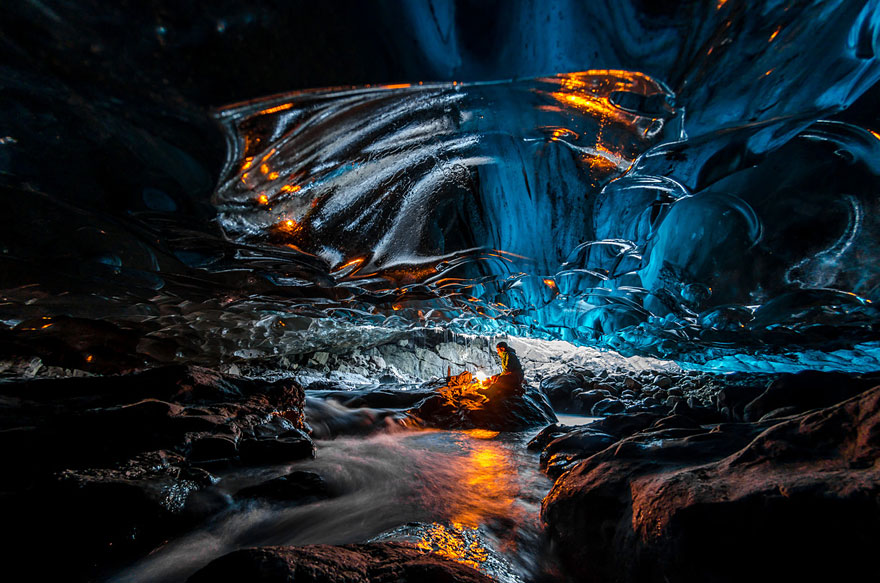
Vatnajökull has a volume of 3100 cubic kilometers and occupies 8% of the area of Iceland. It is so huge! Its average thickness is 400 meters below the surface there are 7 active volcanoes, including Grimsvotn, which erupted in 2004.
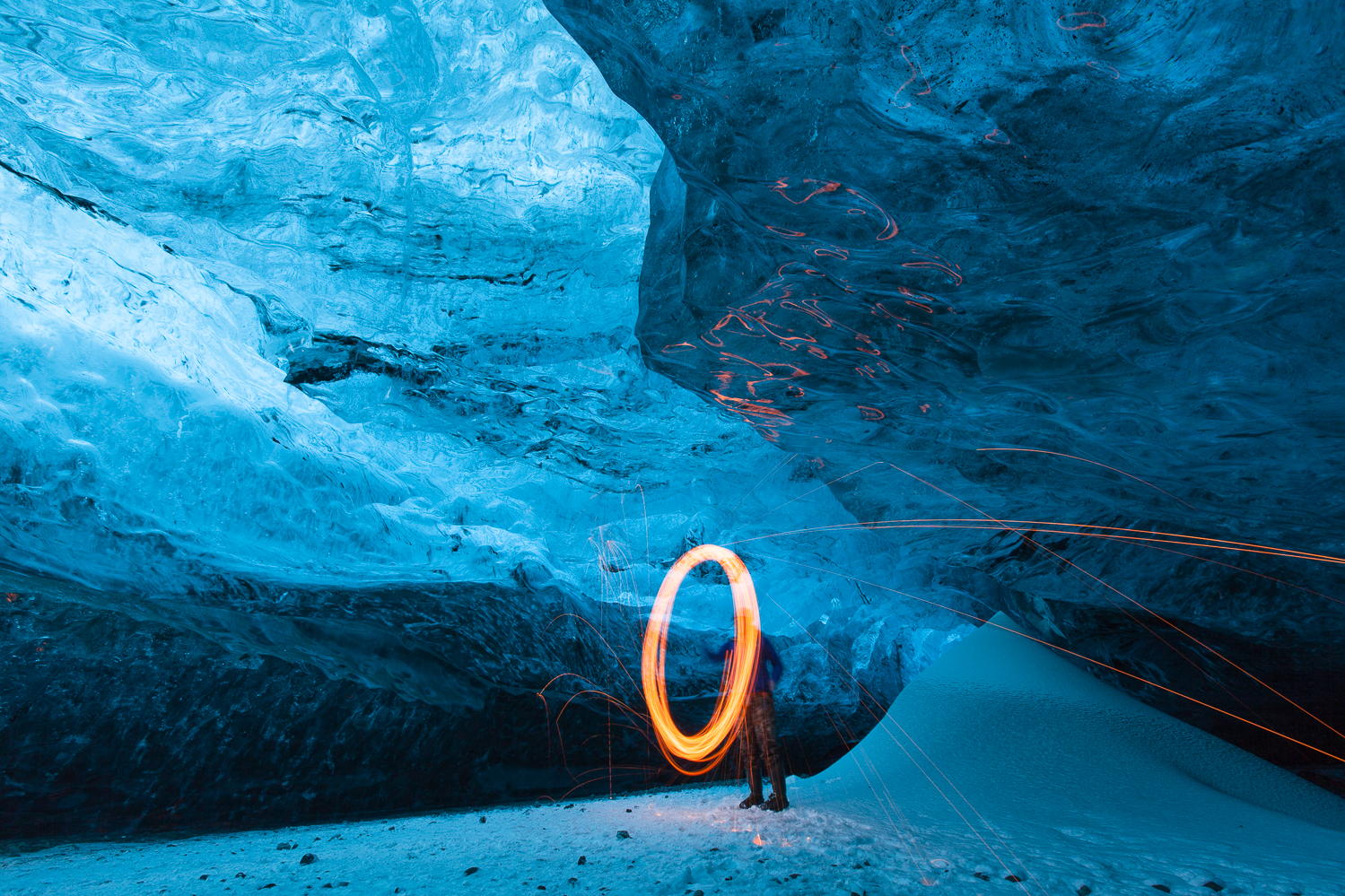
Both caves are changing every summer, when the ice starts melting. High around 4 meters and deep about 10. Entering inside, however, is extremely dangerous because the ice can overwhelm you, as happened with a photographer, died in the collapse of the ice walls.
4. Hang Son Doong, Vietnam
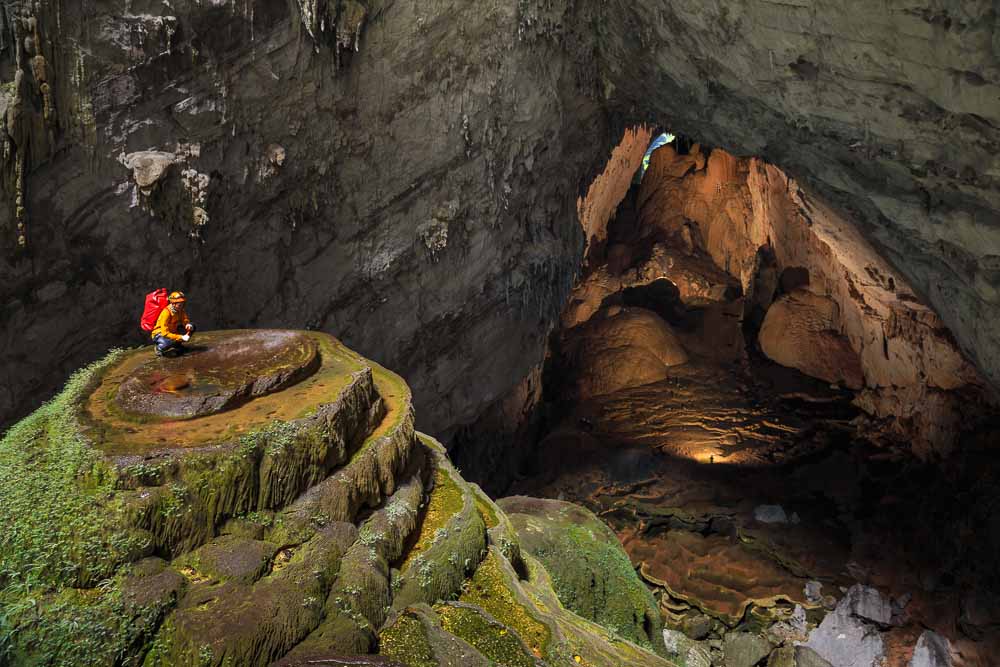
Cave Hang Son Doong was discovered by Ho Cannes in 1991. Locals, however, afraid of it because hissing sound coming from the underground river.
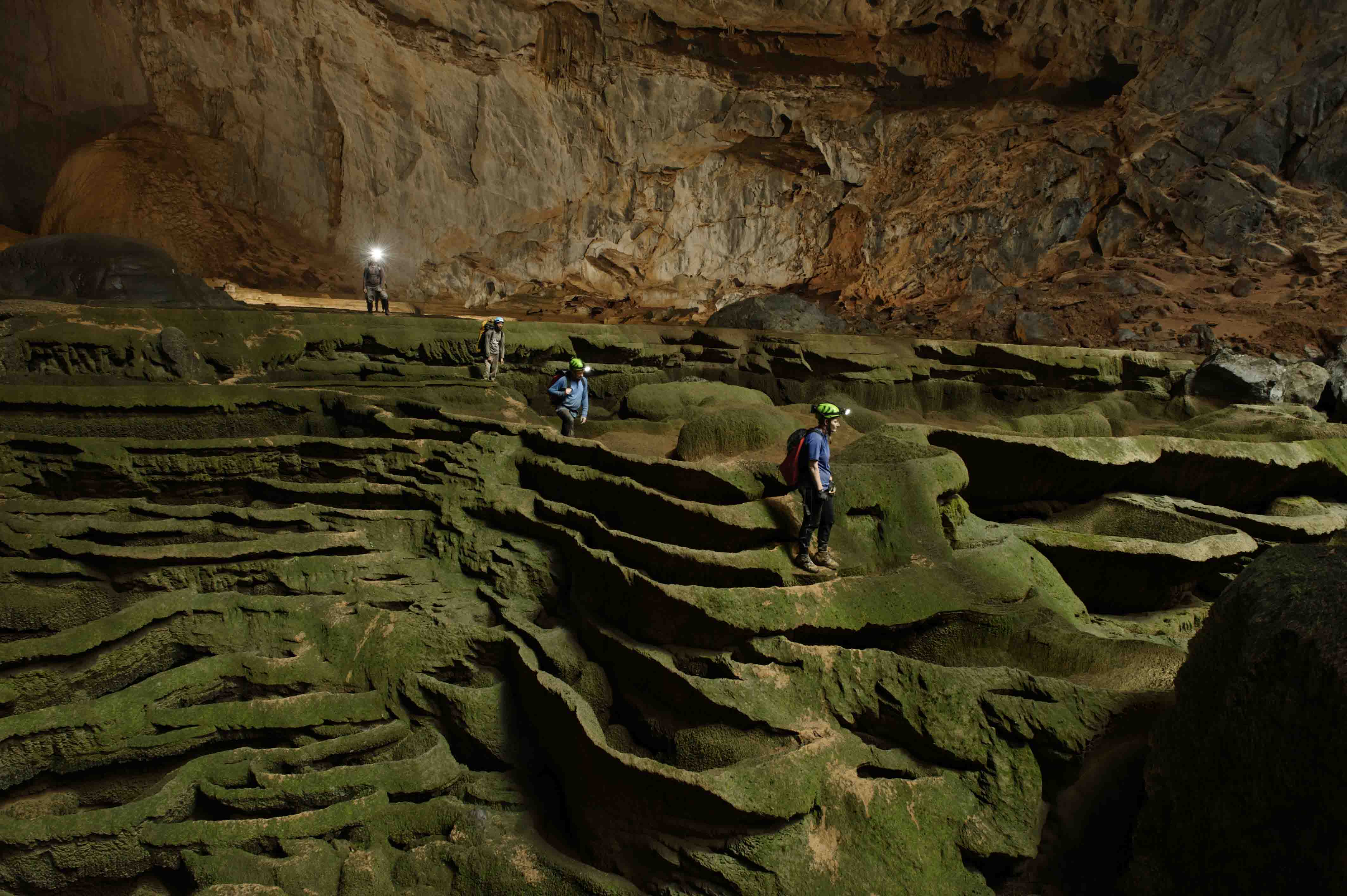
Only in 2009 a group of British scientists explore the cave, which appeared to be the largest cave in the world. Surprisingly, the mission of researchers is hampered by the huge wall that does not allow them to continue.
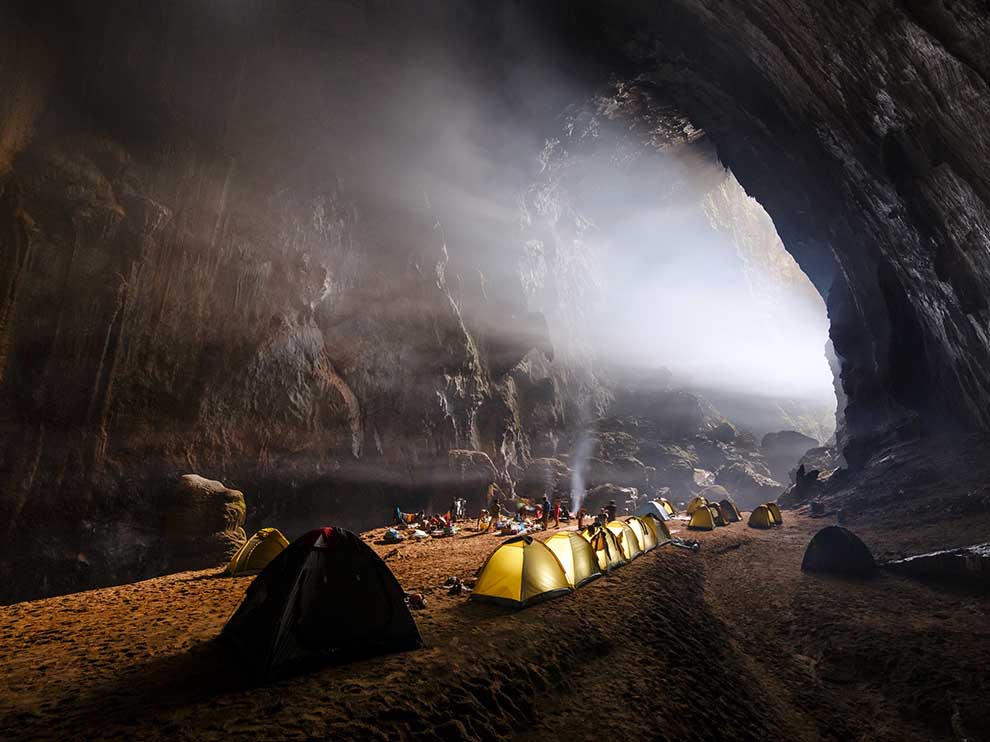
In 2010, another group of researchers climb the 200 meters high wall and beyond it they find cave pearls with the size of a baseball ball.
5. Grand Prismatic Spring, Yellowstone National Park, USA
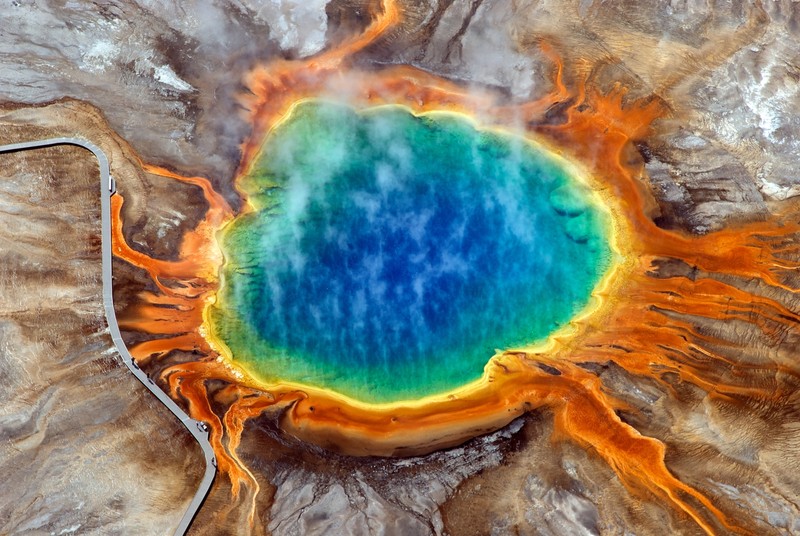
50 m deep large prismatic spring is the largest hot spring in the United States and the third largest in the world. It gush on about 2100 liters of water with a temperature of 70 ° C every minute. Incredible colors are due to bacteria that thrive in the mineral-rich water.
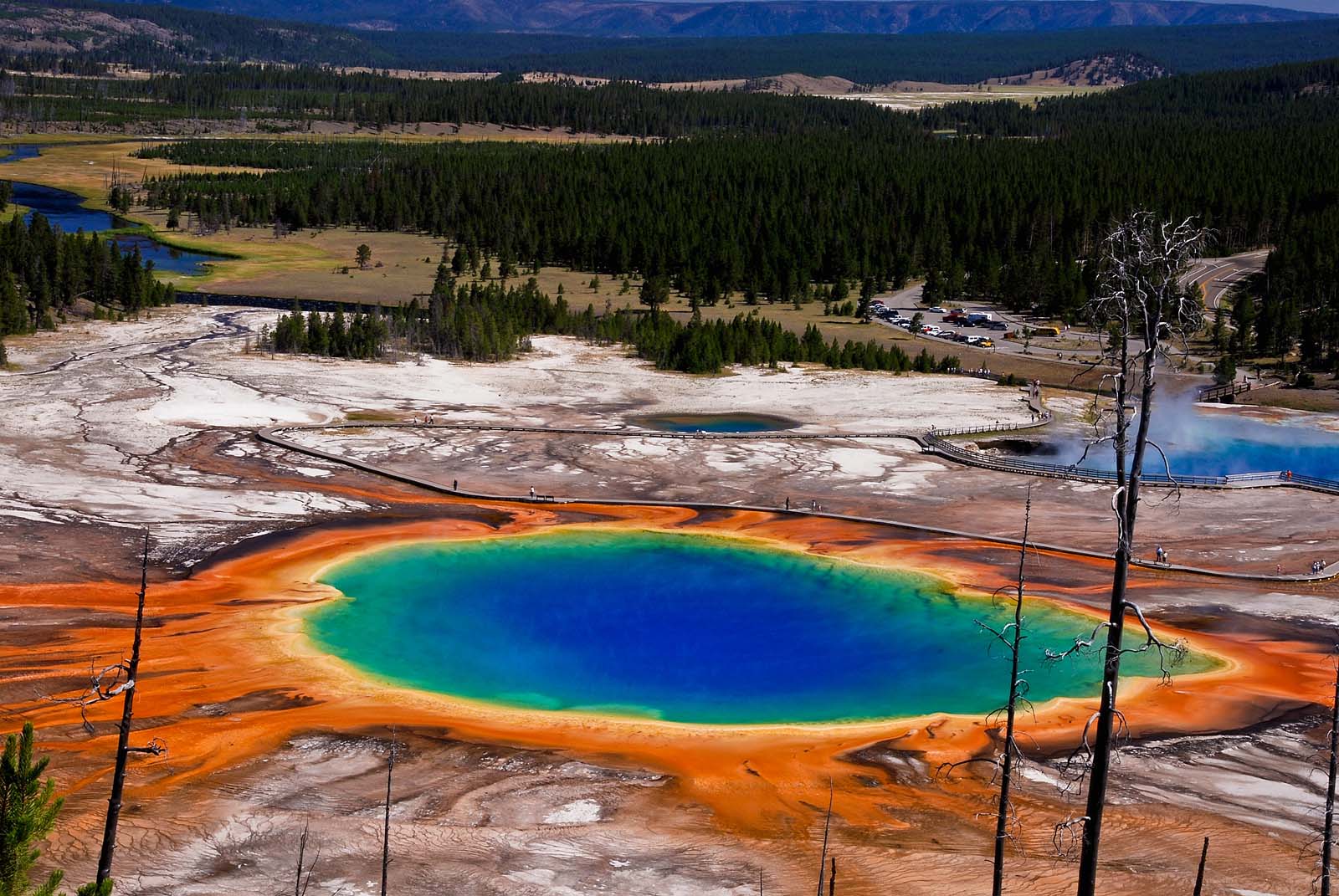
Bacteria produce colors from green to red, as saturation depends on the ratio of chlorophyll to carotenoids and water temperature. In summer observed colors are orange and red, while in winter usually prevails dark green.
6. Bora Bora
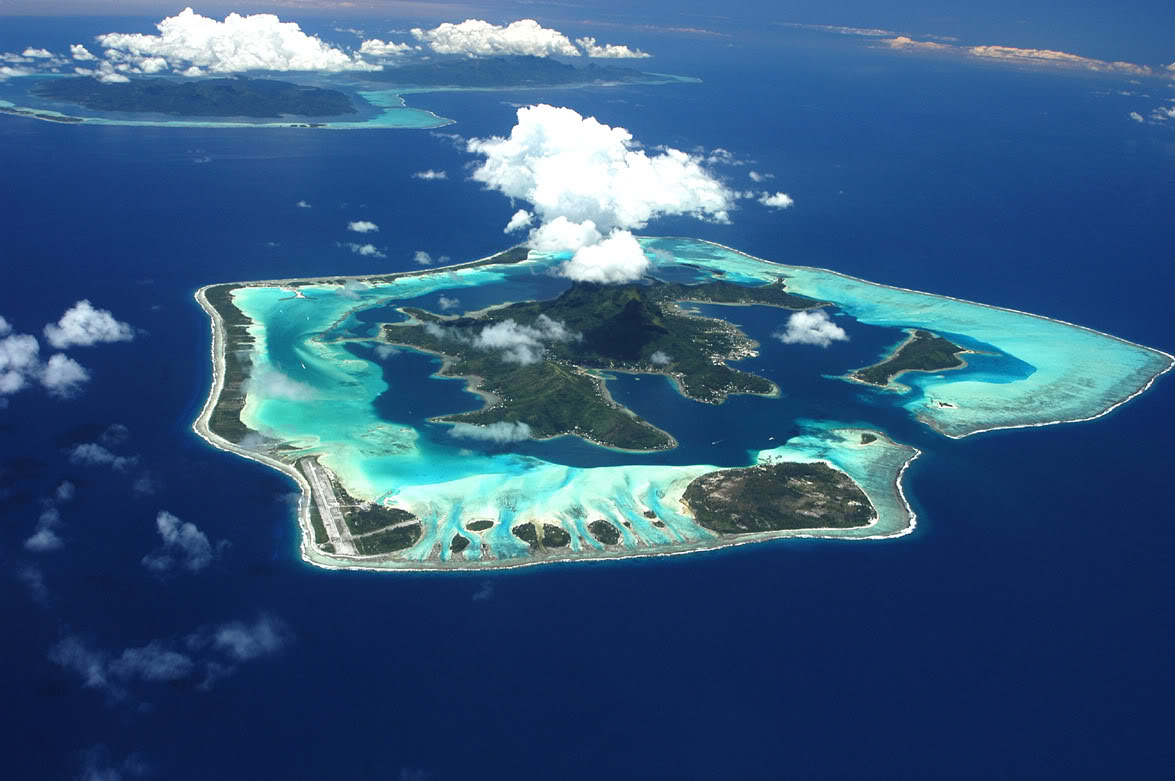
A small island of the archipelago Society Islands of French Polynesia. It is surrounded by a lagoon and a barrier reef, but the center is a dead volcano with two peaks, the higher of which is 727 meters. The area of Bora Bora is only 29.3 km² but has a permanent population of 8800 people.
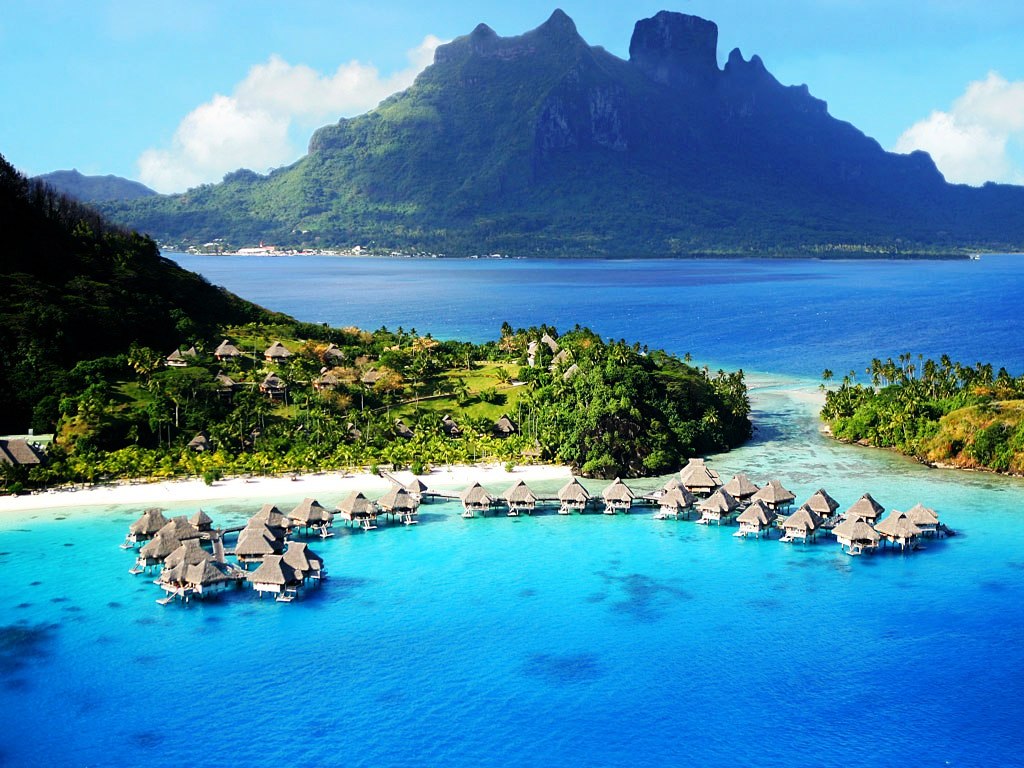
The island has many frequent rains and storms, and therefore the most suitable season for tourism is winter, when the temperature is around 28 ° C. The best thing is that the water is nearly constant temperature of 30 ° C and is crystal clear.
7. Tuscany, Italy
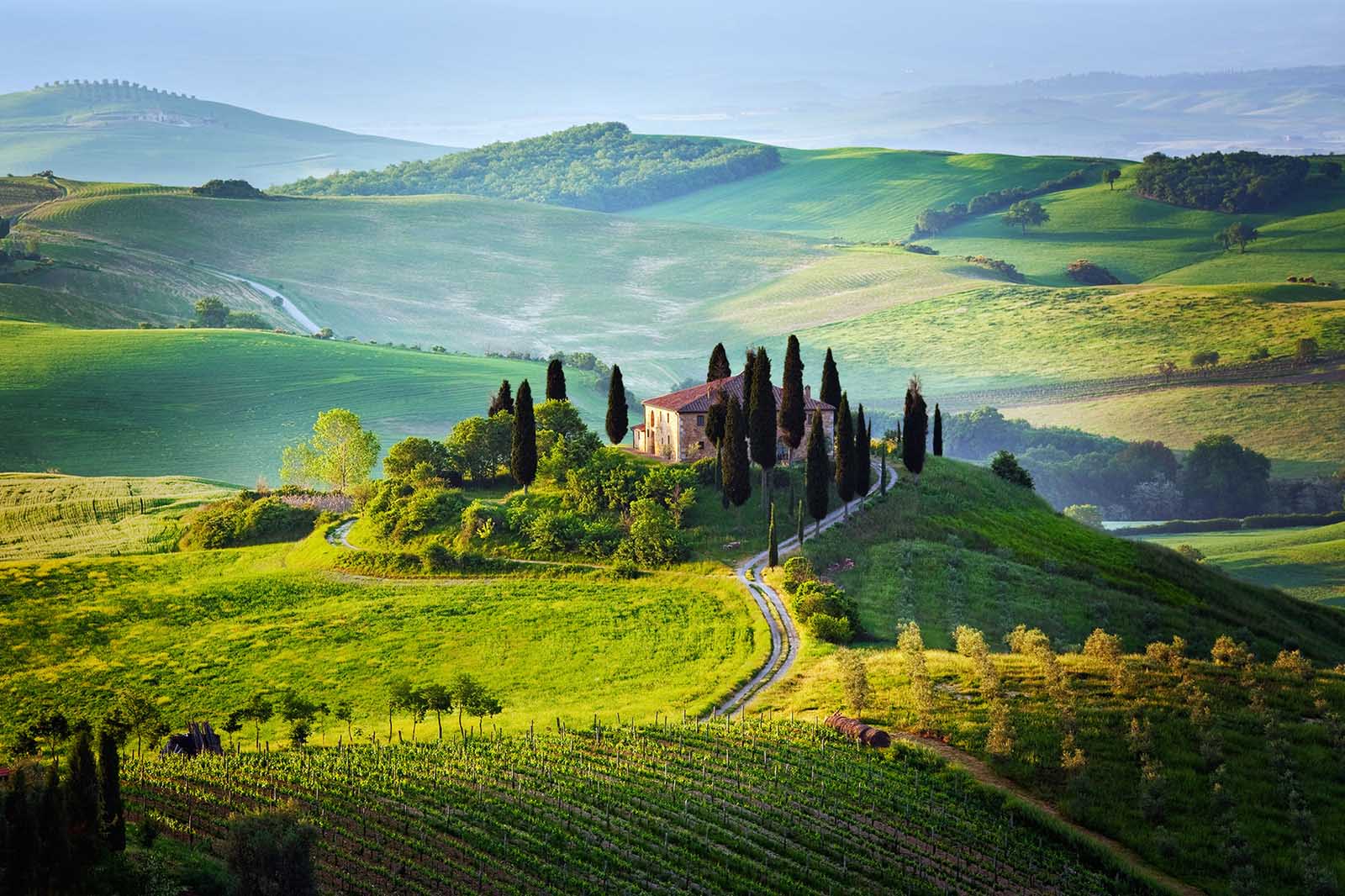
Tuscany is a vast region in central Italy with a population of about 3.8 million people. Known for its amazing scenery, traditions, history and art. It was there that are born as the Italian Renaissance, and many influential people in the history of art and science.
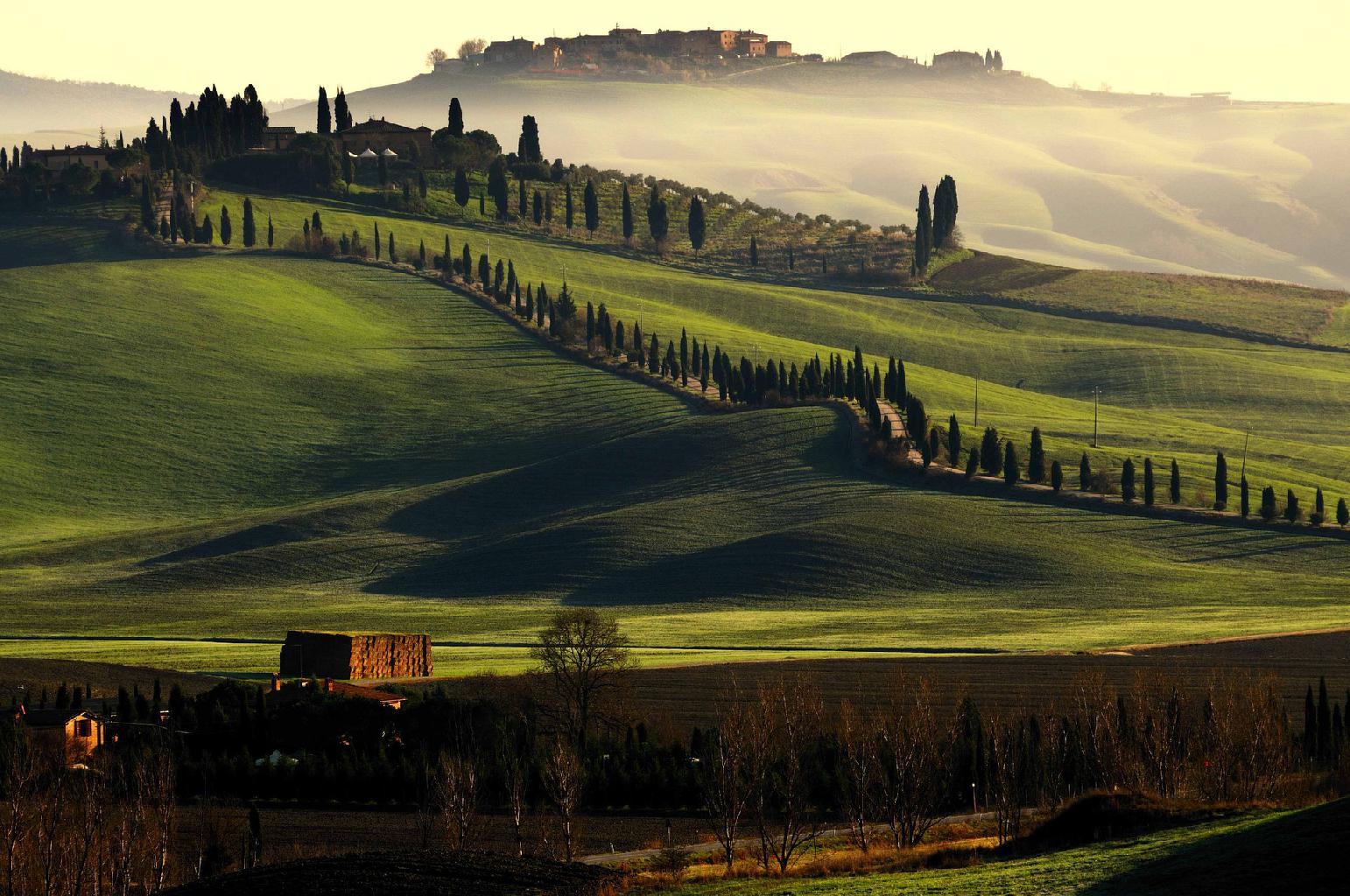
With its strong linguistic and cultural identity, Tuscany is sometimes called “the nation in the nation.” With more than 120 protected natural reserve, Tuscany and its capital Florence is one of the most popular tourist destinations in the world.
8. The illuminated caves Waitomo, North Island, New Zealand
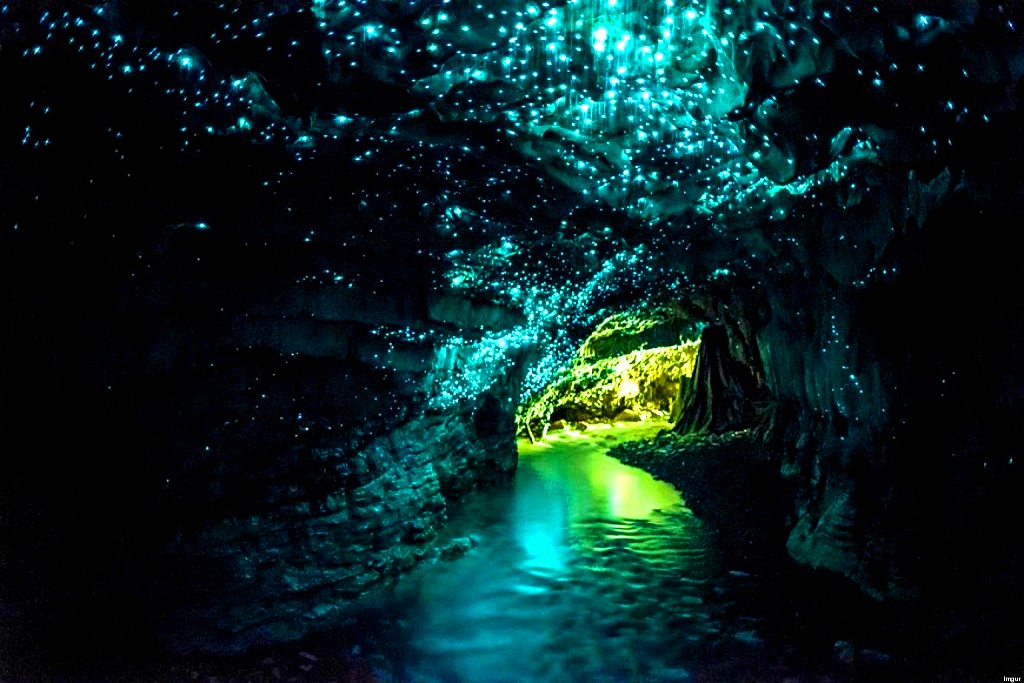
Waitomo caves are known that are illuminated by fluorescent worms arachnocampa luminosa.
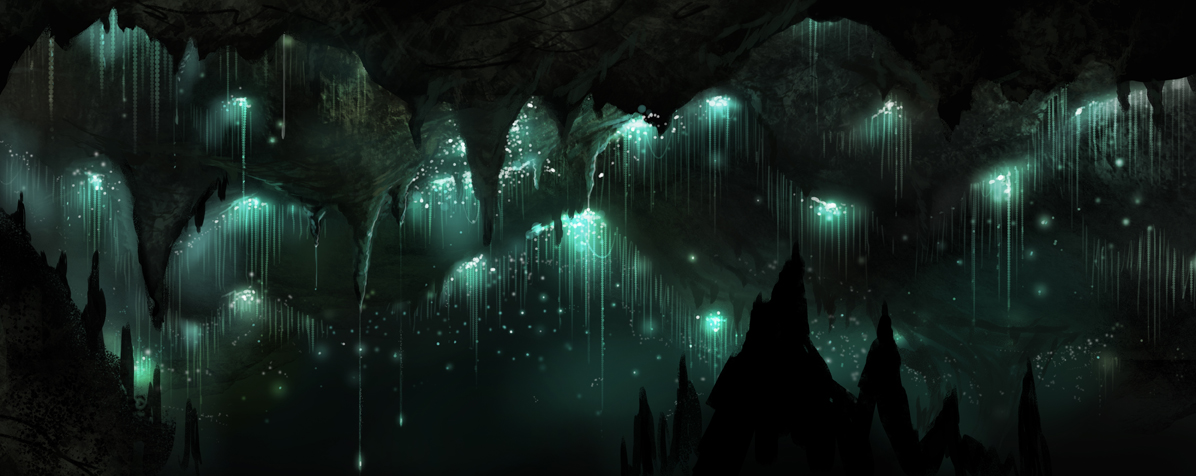
The name “Waitomo” comes from the Maori word for “water” and “hole”. Local Maori knew for quite some time about the caves before Maori Chief Tane Tinorau and British surveyor Fred Mace to examine in detail during 1887.

They entered the cave system with raft and were amazed by hanging from the ceiling lights.
9. Kaieteur Falls, Guyana
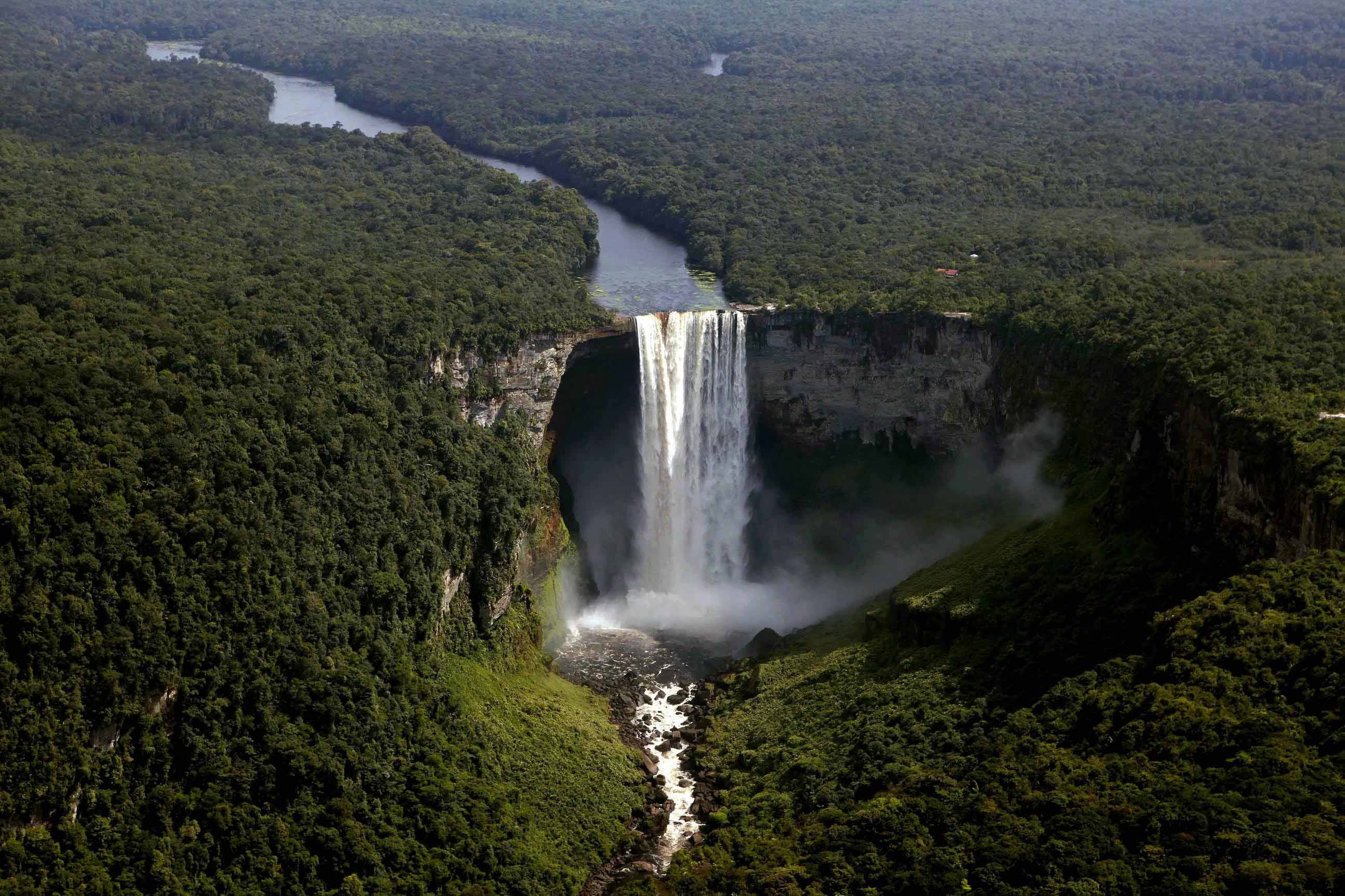
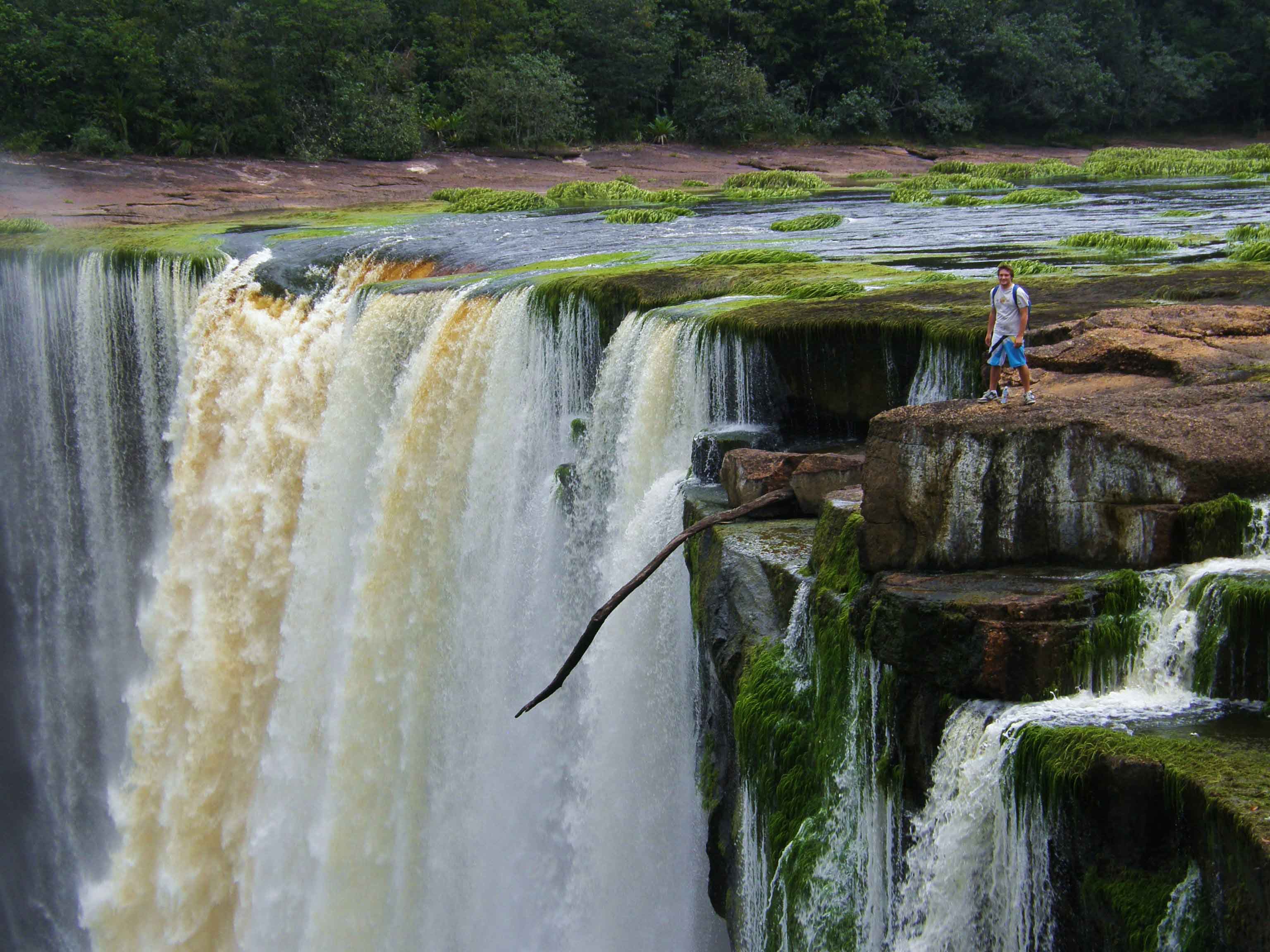
Kaieteur Falls is one of the most powerful waterfalls in the world. The height of the falls is 226 meters and it is pouring 663 cubic meters of water per second. Kaieteur Falls is four times higher than Niagara Falls and twice higher than the Victoria Falls.
10. The scale of the lion, Sri Lanka
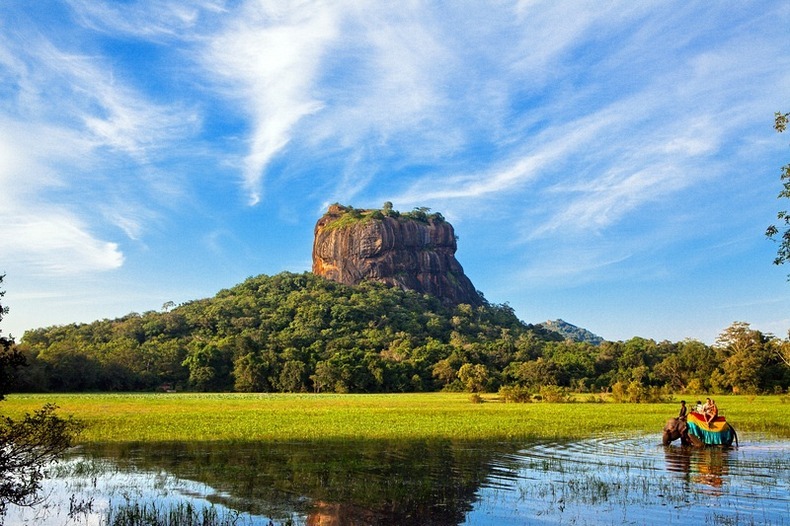
The scale of the lion is located in the central Matale District, in the jungles of Sri Lanka. According to ancient chronicles, King Kayapo (477-495) is chosen place to become the capital of his kingdom.
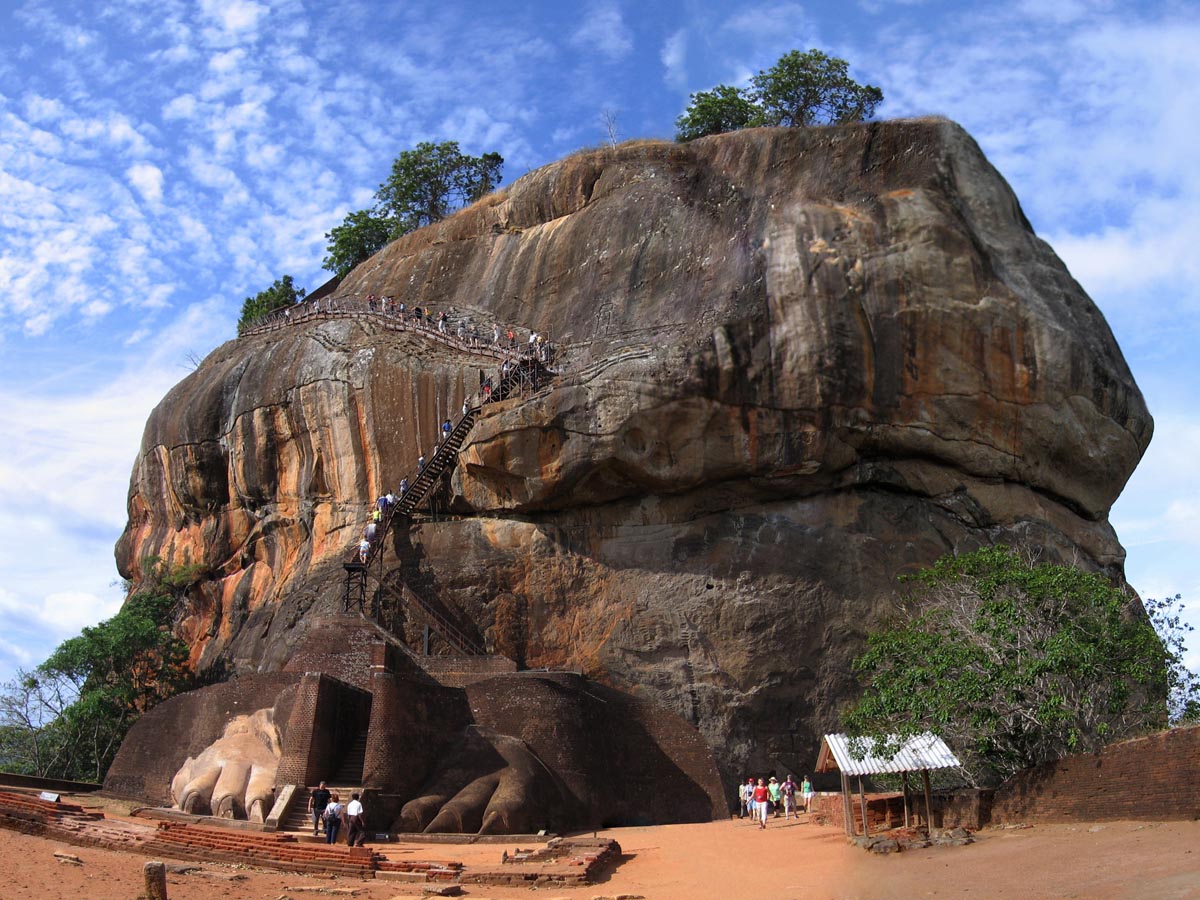
He built his palace on top of the cliff and its sides decorated with colorful murals. On a small plateau on one side of the rock he built a huge lion, hence the name.





